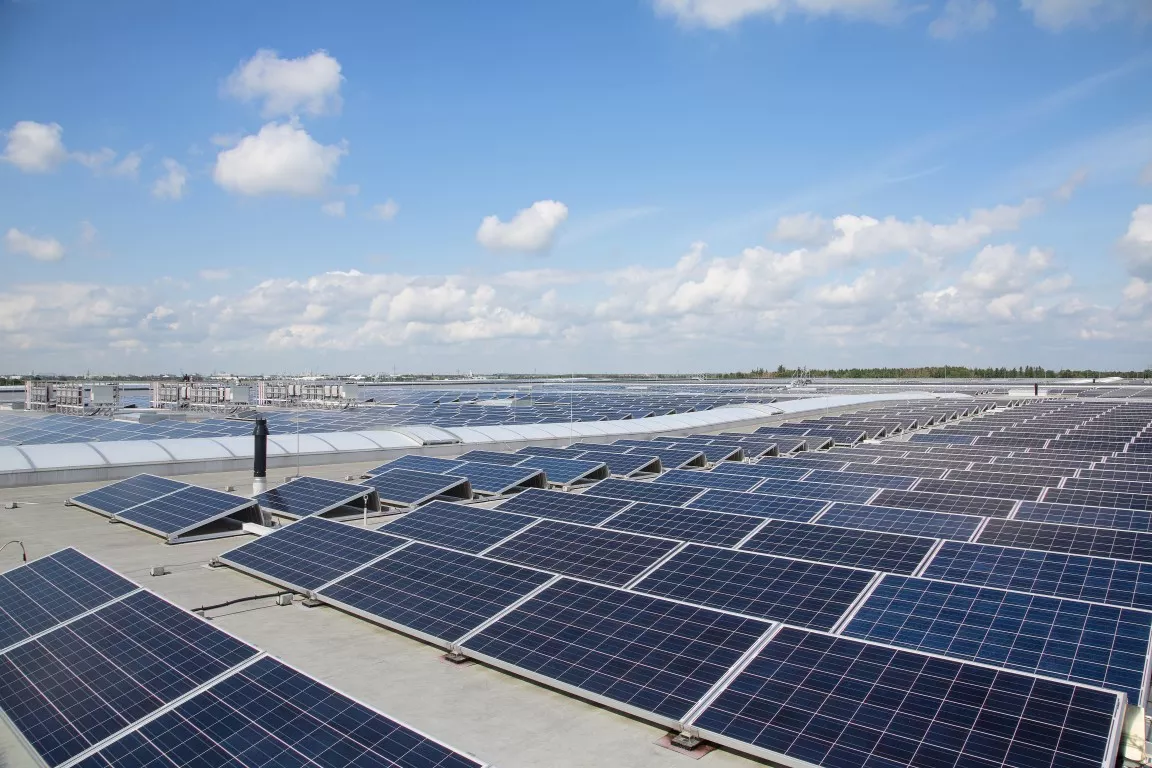Active cooling, a plus for every photovoltaic system

THE ADVANTAGES OF ACTIVE COOLING TECHNOLOGY AT A GLANCE
Thanks to their active cooling systems, inverters offer greater flexibility in design and installation from the planning stage onwards. Active cooling also reduces costs over the lifetime of a system as little or no maintenance is required. However, the main advantages of a dynamic cooling system are the long service life and higher yield due to better performance:
- Longer service life
- Higher yield
- Flexibility in system design
- Simple and flexible installation
- Low maintenance costs
How active cooling works
The electronic components inside inverters react very sensitively to high temperatures. Inverters need to be cooled to prevent these components from overheating. Active colling technology aims to proactively avoid heat fields by using interior fans and removing warm air in a controlled manner. One or more fans ensure that the air inside the inverter circulates and keeps the temperature low. By contrast, passive cooling technology relies on natural convection as used in many inverters on the market. Large heat sinks keep the internal temperature down.
The advantages of active cooling technology explained
Longer service life
The performance of the inverter's electronic components is
highly temperature-dependent. The higher the temperature and the more the parts
are subject to temperature fluctuations, the higher the probability of failure.
Studies show that a temperature increase of only 10 degrees
Celsius in the higher temperature range halves the service life of power
electronics. With active cooling, the temperature in the interior is kept
constantly low. Therefore, actively cooled inverters have a longer service life
than inverters with passive cooling.
Higher yields
Inverters derate at a specific temperature to prevent electronic
components from overheating, i.e., reducing their output power. Inverters with
active cooling technology have a clear advantage, especially in the higher
temperature ranges.
Since the inverters are significantly colder, they only reduce
their output power at higher ambient temperatures. The lower temperatures
inside the inverter have a positive effect on the yield. The inverters deliver
higher performance, thereby reducing the payback period of the investment.
Flexibility in system design
Thanks to active cooling technology, inverters are also highly flexible in system design and can dissipate more heat, thus higher amperages are possible. Therefore, installers can connect more parallel strings and implement asymmetrical system designs.
Simple and flexible installation
Thanks to active cooling, the inverters are also highly flexible concerning installation. Some inverters can be mounted vertically, horizontally, and even flat on the roof. An intelligent, active airflow also makes it possible to mount the inverters side-by-side.
Low maintenance costs
In contrast to inverters with passive cooling, actively cooled
inverters are maintenance-free. As a result, running costs are low, and
maintenance costs can be kept down throughout the entire life of the inverter.
Learn more about active cooling in our white paper here.
